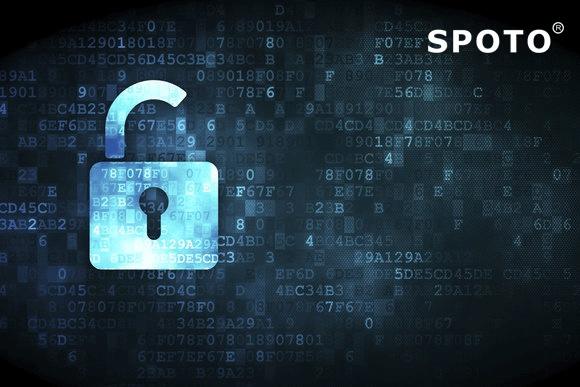CCIE Collaboration Lab exam overview:
The Cisco CCIE Collaboration lab exam is an eight-hour, hands-on exam which requires candidates to configure and troubleshoot a series of complex network scenarios. The candidate would be required to understand the network and service components would be interoperating, and how the functional requirements translating into specific device configurations.
The modules in the lab exam are going to be delivered in a sequence which is fixed. First one would be the Troubleshooting module, followed by the Diagnostic module, and finally, it ends with the Configuration module. The entire lab exam would have to be completed within eight hours.
It would be considered as an important thing to note that the system doesn’t allow the candidate to go back and forth between modules. When working in the Troubleshooting module, the candidates would have a chance of choosing to get an extra 30 minutes in addition of two hours originally which would be given to complete the Troubleshooting module. However, the candidate cannot see the Configuration module yet and does not know where the extra time will be needed. If the candidate decides that he wish to use the extra 30 minutes for Troubleshooting module, the candidate would then have only four and a half hours for completing the entire Configuration module. Acquiring this certification isn’t going to be an easy task, unless you have good prep courses, like that offered by the SPOTO.
Skills of Preparing CCIE Collaboration Lab exam
Tips for preparation
Below I’ve tried to collect the most useful tips that, in my opinion, is very important for a successful attempt.
Tips
Troubleshooting
The best way to prepare for the Troubleshooting section is to have everything configured, and start changing some small bits and pieces, some checkboxes or making typos in one particular place of the configuration, and then observing and noting how the product or a system behaves. What are the error messages or log entries are correlated with a particular error? In that way, you will get used to a different output that the products provide.
Diagnostics
In this section, you will be presented with some common issues that you could face in the UC environments. My advice here would be to follow the strategy of crossing out the options that you are sure that are not correct. You need to through options one by one, completely understanding what they are asking about and finally choosing only one correct answer, which is not obvious, and that’s why it’s better to eliminate the wrong answers first.
Configuration
As this section is highly packed with the task, you should be very time aware.
• You must try to make your practice environment to be as close to the real lab environment as possible, not only the logical setup but also physical. Try to get two monitors, get used to accessing your environment through RDP or start using the simplest keyboards.
• Practice, practice and once more practice. At some point, it will become boring, but I can assure you it’s crucial for your success. Each time I was configuring, I was running into some issues, needed to troubleshoot, and it was also helpful for the TS section.
• Snapshot empty configuration for every component in VMware and each time configure from the very beginning
• Time yourself
• Details are very important. When you are reading the tasks during the Lab, don’t neglect the namings, even if they are not influencing the functionality, most likely they are influencing scoring.
• You must leave time for even double verification and testing of what you’ve configured. Each time I found some typos or misconfigurations in my Lab and needed to fix it.
So, if you wish to clear this exam in the first attempt, follow these tips, and also check out the prep courses offered by the SPOTO.

 Join Telegram Study Group ▷
Join Telegram Study Group ▷














